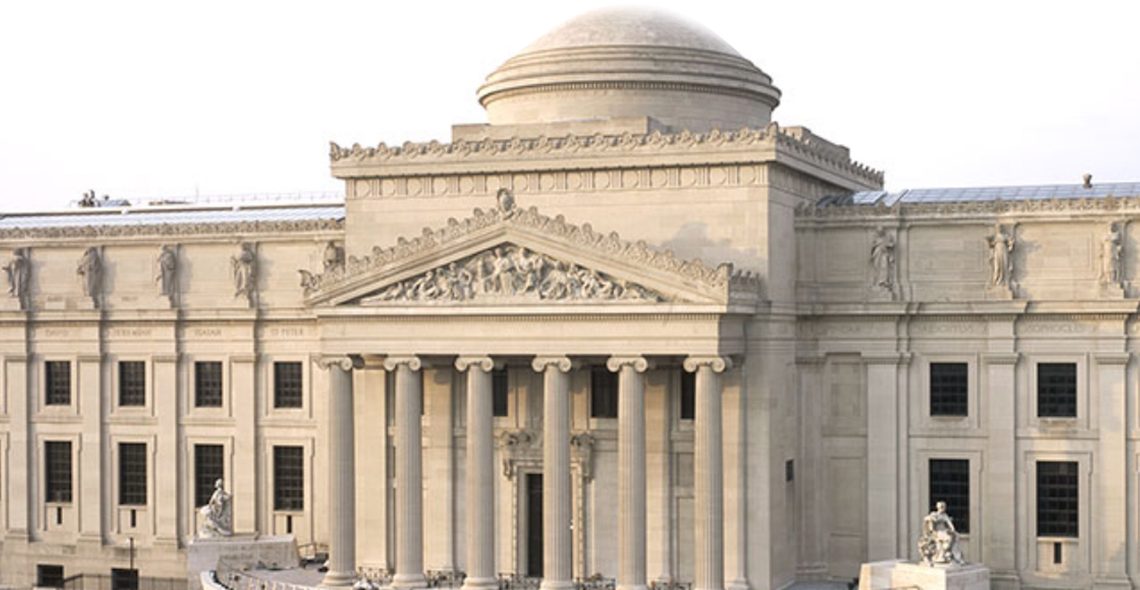Museums sell their collections.
Public museum collections are, in most European countries, protected by inalienability: they can’t be sold or given and remain for ever (principle of imprescriptibility) part of the public domain. When French President Macron decided, in 2018, to return to Benin 26 works of art, which were part of the public collections of the Quai Branly Museum and which were taken as war booty in 1892, his decision raised strong negative reactions.
This is not the case in the United States of America, where no principle of inalienability applies to museum collections. There, museums regularly proceed to deaccessioning, that is selling part of their collections on the art market. As a consequence, artefacts stemming from former collections of American museums regularly appear on the market. Once publicly displayed, these works of art, with a public collection provenance, then become private properties.
This process, though relatively fluid, is nevertheless strictly framed. The code of ethics of the American Association of Museum Directors (AAMD) states: ”A museum director shall not dispose of accessioned works of art in order to provide funds for purposes other than acquisitions of works of art for the collection.” In other words, museums can sell pieces only in order to acquire new ones and enrich their collections. The COVID sanitary crisis has changed the situation completely. In October 2020, twelve paintings from the Brooklyn Museum were on sale in a Christie’s auction (among which paintings by Corot and Cranach). But the purpose was not to buy new works of art and enrich the museum collection, rather to enable the museum to face its loss of income and stay afloat.
For further information, please click on the following links.
Links:
- On the France-Benin affair:
https://news.artnet.com/art-world/france-restitution-26-benin-1735425 - On the Brooklyn Museum Christie’s auction:
https://news.artnet.com/market/brooklyn-museum-christies-auction-1908655
https://news.artnet.com/market/brooklyn-museum-raises-tk-million-and-announces-more-major-sales-1916110
[Image: Brooklyn Museum (© Brooklyn Museum)]

